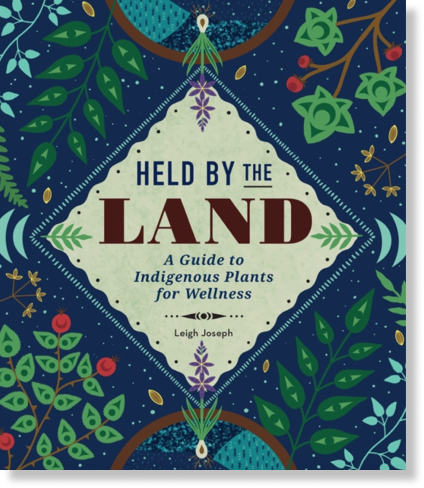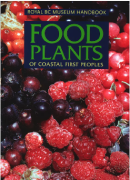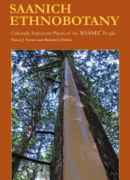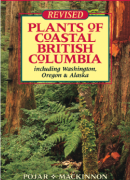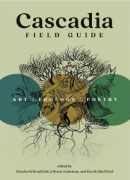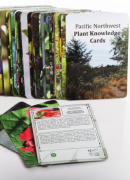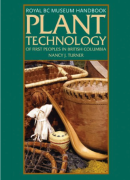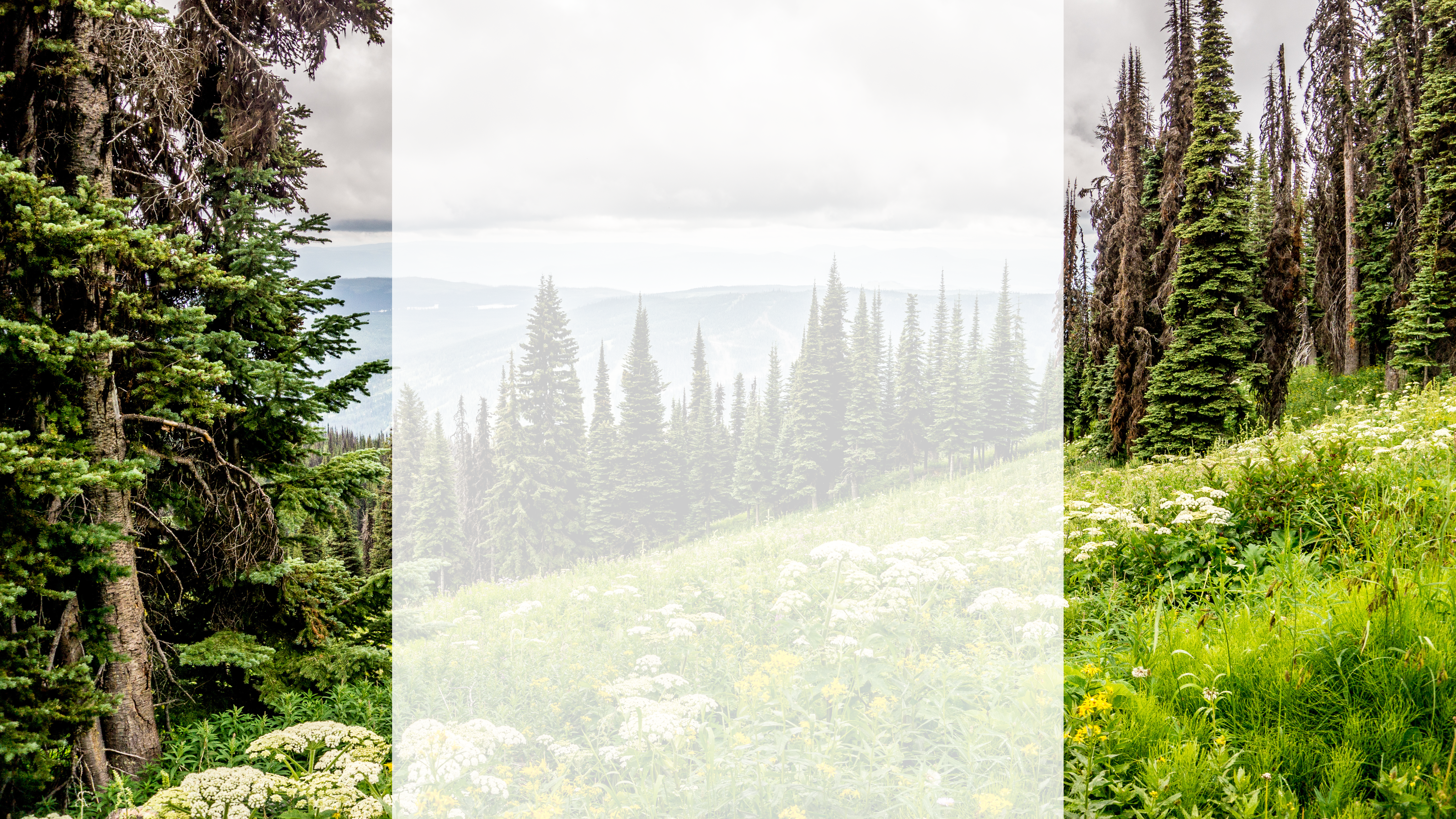
Resource Use
The Coastal Western Hemlock zone is the most productive forest region in Canada, so forestry is one of the major industries in this zone. Due to unfavourable topography, most of the region is unsuitable for agriculture, although there are significant agricultural lands along the Fraser Valley basin in Chilliwack and Abbotsford. Due to the scenic views and large trees, the CWH zone is a very popular recreational and tourism destination. Some activities the CWH zone offers include camping, hiking, backpacking, hunting, fishing, and wildlife viewing. Marine-based sports such as sea-kayaking, boating, stand up paddle boarding and sailing are also popular. The mild climate has made this zone a popular location to live, resulting in land loss to urbanization.
Wildlife
The habitat conditions across the CWH zone are incredibly variable and include coastal islands, estuaries, rolling uplands and rugged mountain slopes. This diversity in habitats creates the conditions for an amazing diversity of wildlife. Black-tailed Deer, Black Bear, Grizzly Bear, and Gray Wolf are the most common large mammals. Mountain Goat are found on rugged mountain slopes with exposed bedrock. The greatest diversity of birds, amphibians, and reptiles in BC is found within the Fraser Lowland portion of this zone.
The forests provide both food and nesting habitat for a large variety of birds such as Spotted Owl, Great Horned Owl, Saw-whet Owl, Northern Flicker, Pileated Woodpecker, Hairy Woodpecker, Hammond’s Flycatcher, Gray Jay, Steller’s Jay, Common Raven, Chestnutbacked Chickadee, Red-breasted Nuthatch, Winter Wren, and Varied Thrush. On the damp forest floor, you can find many different amphibians including Northwestern Salamander, Western Red-backed Salamander, Ensatina Salamander, Clouded Salamander, and Western Toad.
The CWH has many rivers, both large and small, with accompanying riparian areas and estuaries. Most of the estuaries within BC are found within this zone. The nutrient-rich, protected waters of these estuaries provide shelter for overwintering waterbirds, such as diving and dabbling ducks, Trumpeter Swan, grebes, scoters, and gulls. Nearly all the rivers and streams are used for spawning by salmon, and most of their young spend some time in these streams. The annual Eulichan (candlefish) run also provides a spring feast for California and Steller’s Sea-lion, Harbor Seal, Northern Fur Seal, Northern Elephant Seal, and Bald Eagles. This is just a small representation of the abundance of wildlife that calls this zone home.
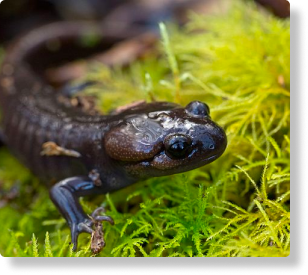
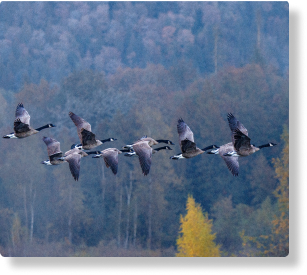
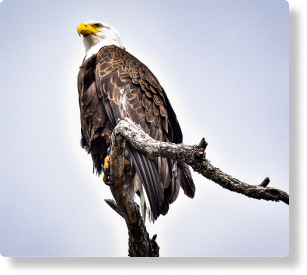
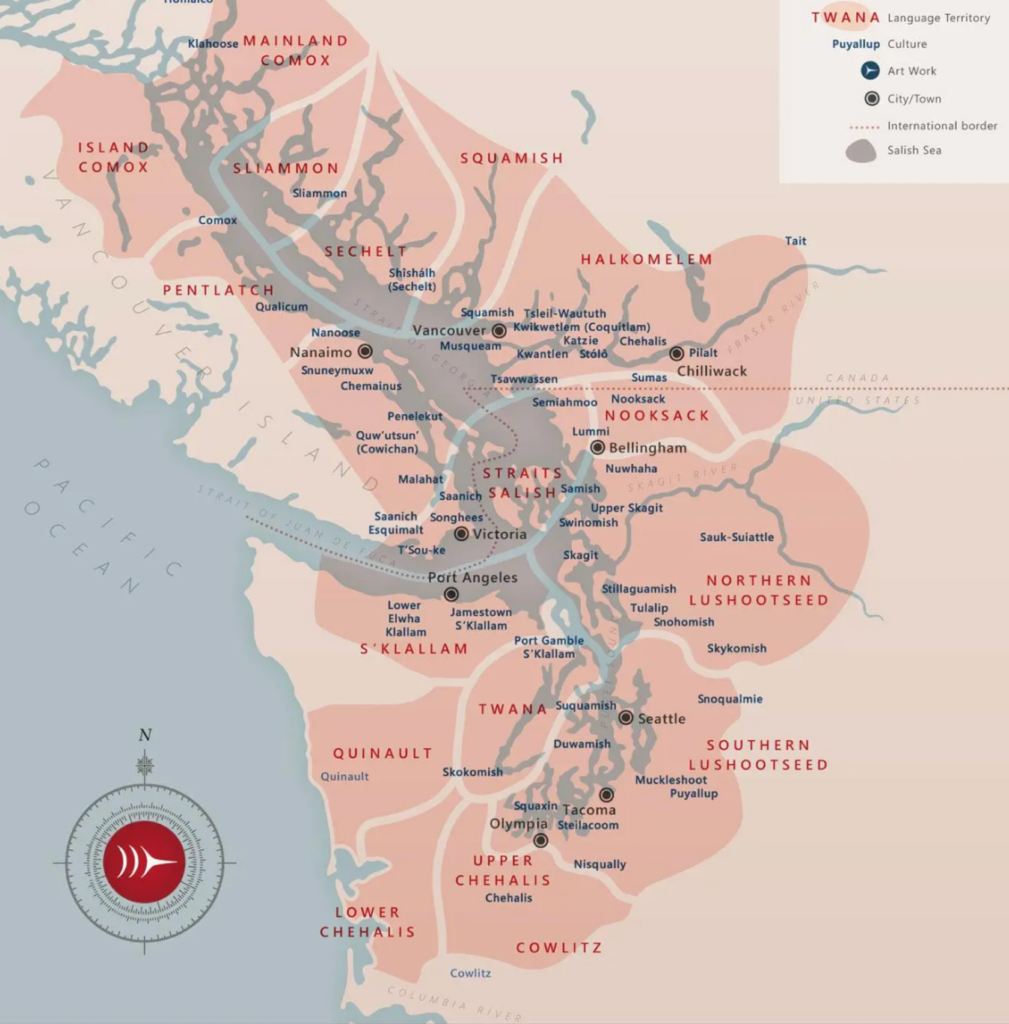
Indigenous Communities and Land Management
There are over 200 First Nations in B.C. each with their own language, culture, and history. Another map for viewing the territories, languages, and treaties of First Nations throughout the world and B.C. can be viewed through this link: https://native-land.ca/
Although BEC is one way to quantify and view the environment in B.C. it is not the only way. Generally, First Nations lived and to this day still live close to the land in a way that shares reciprocity. In future iterations of this project we hope to share some of the diverse cultural values of First Nations throughout B.C. in a respectful way.
Within the Coastal Western Hemlock zone, reside the Coast Salish peoples. The Coast Salish are a large grouping of culturally and linguistically diverse nations. The Coast Salish peoples have been living along the coast and managing the land here since time immemorial.
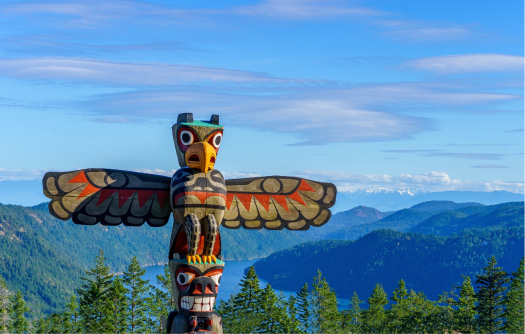
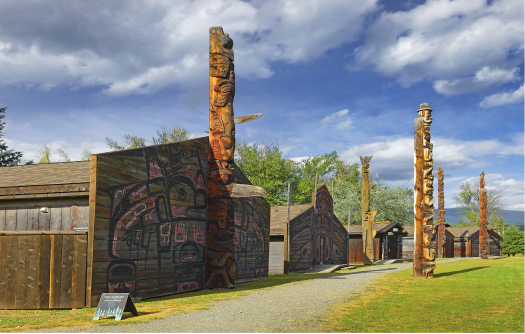
in Hazelton, British Columbia, Canada
Indigenous Communities
Discover the vibrant heritage of indigenous communities with our interactive map! Click below to explore and learn more about these rich cultural landscapes.
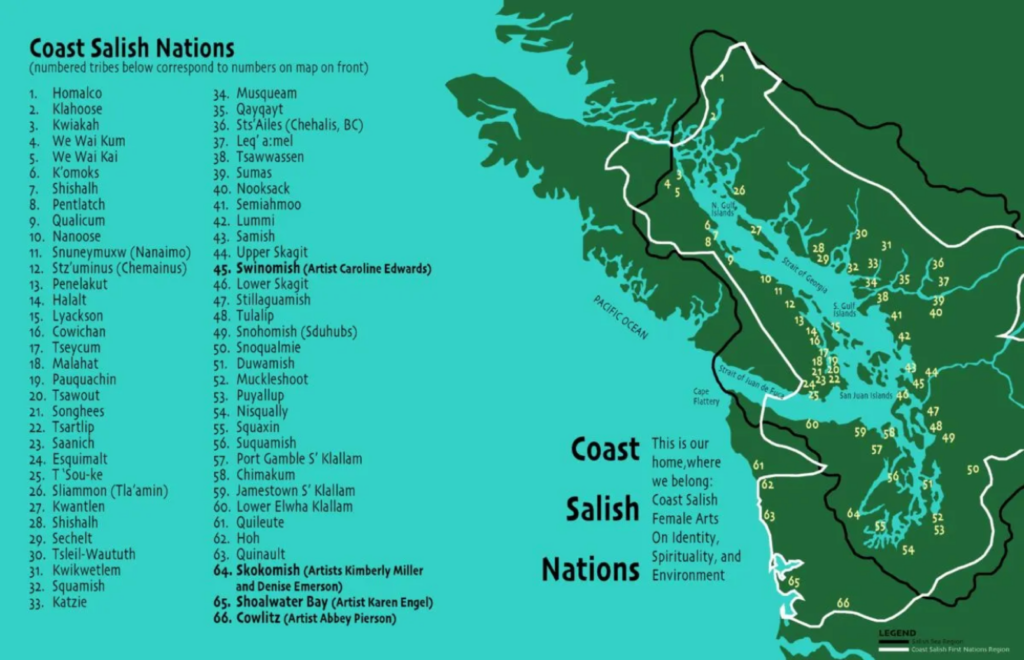
Exploring Indigenous Wisdom through Books
Indigenous languages in BC were almost completely eradicated due to harsh colonial policies, laws and the traumatic impacts from Residential Schools. ‘ Every language is an old-growth forest of the mind ’ and the loss of these languages is a loss of a storehouse of human experiences, knowledge, worldviews, culture and complexity of thought. The loss of languages is occurring across the globe at an alarming rate. However, many languages are currently undergoing revitalization efforts. Simon Fraser University has an Indigenous Languages Program that offers courses in 18 languages from British Columbia and the Yukon: https://www.sfu.ca/inlp/programs.html Another site, FirstVoices is a collaborative platform where Indigenous communities manage, curate and share their languages: https://www.firstvoices.com/languages
There are resources being created to help us all learn these amazing and diverse languages. For example, the Museum of Vancouver has worked with Elders to create an Indigenous Plant Guide, where you can listen to the names of common plants found in the CWH zone being spoken in the Skwxwú7mesh Snichim (Squamish) language and the Hən̓q̓əmin̓əm̓ language. Another book that features plants, their uses and their names in the Skwxwú7mesh Snichim (Squamish) language is Held by the Land by Leigh Joseph.




